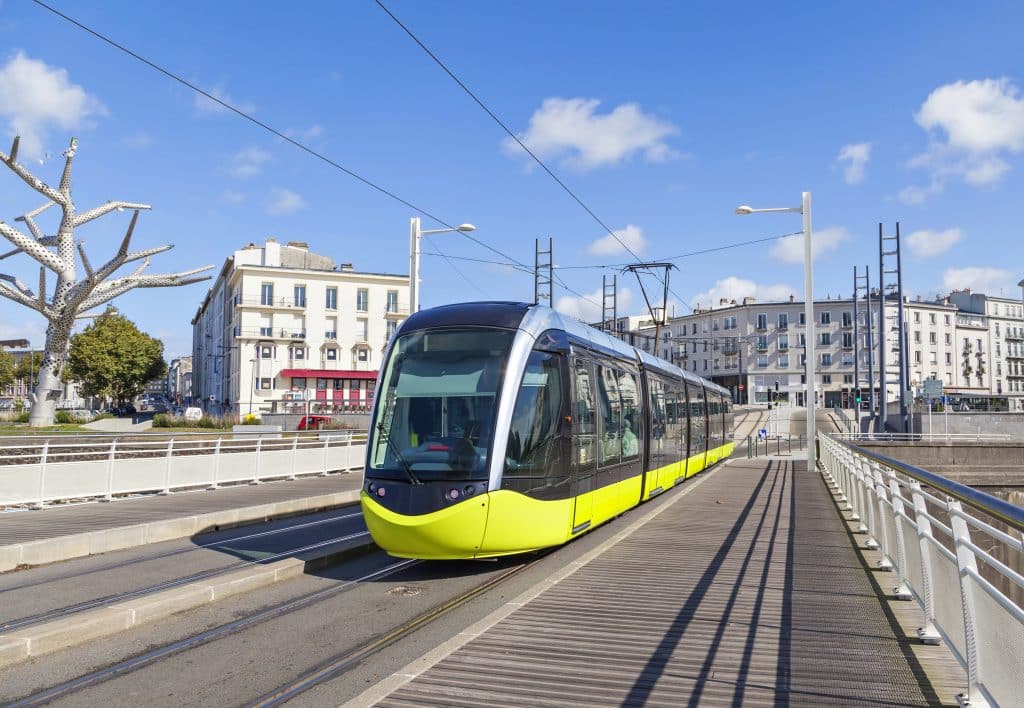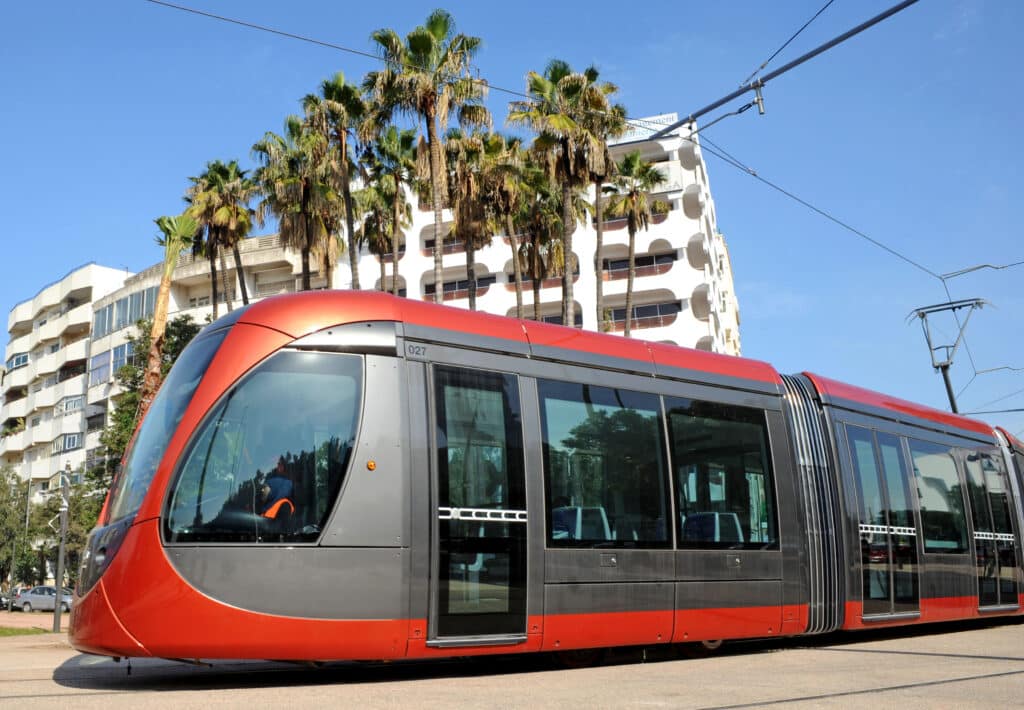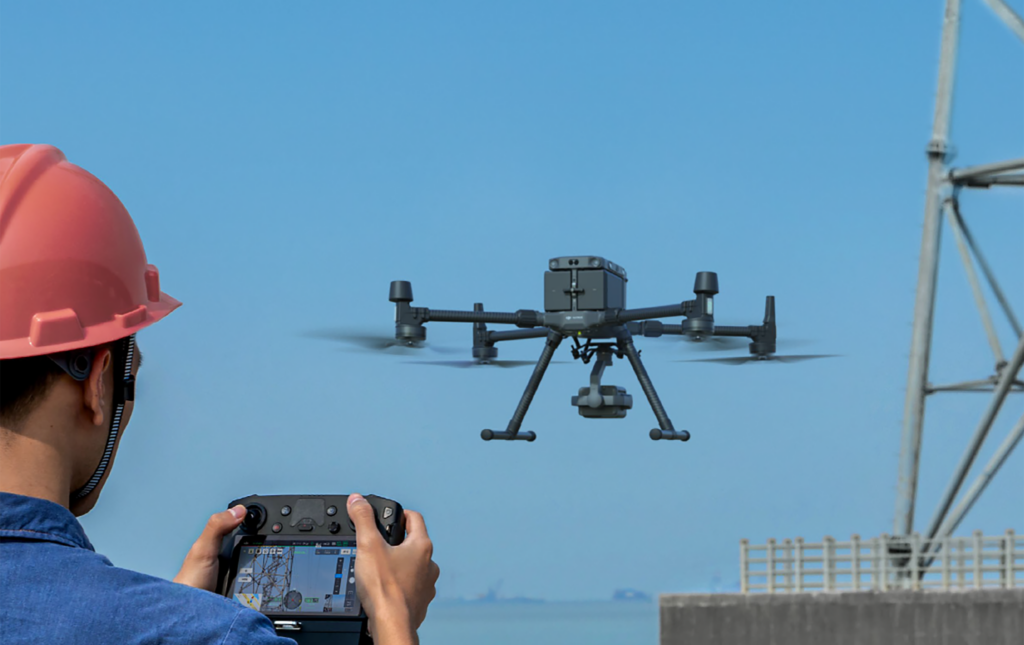Light rail has sprung back to the top of city planners’ wish lists in recent years thanks to its ability to connect communities in a sustainable and reliable manner.

HOW LIGHT RAIL CAN REJUVENATE CITIES TODAY, AND IN THE FUTURE
The argument for light rail transit systems is that they are accessible for communities, particularly those in dense urban areas. They are sustainable in that they are integrated with modern place-making trends and remove cars from our roads and reduce emissions as well as congestion.
Better yet, Light Rail transit lays the foundations for urban renewal and economic development. Light rail systems connect communities to employment, housing, health, and tourism opportunities among other amenities. As cities look for more flexible and scalable solutions to meet transport demand, light rail systems can be tailored to fit specific needs and provide an economically sound business case compared to other mass transit systems.
CONNECTING COMMUNITIES and cities ALL OVER THE WORLD
SYSTRA is the signature team for innovative, sustainable, and modern light rail transit systems, with projects in more than 40 towns and cities around the globe amounting to more than 500 kilometres.
We have a variety of experience in Light Rail design:
- In France, SYSTRA has worked on more than 60% of the light rail transit lines currently in use. The Bordeaux light rail transit system is the first in the world with no overhead power cables. Other transit systems such as Brest and Casablanca were voted the two best light rail transit projects in the world by the British Light Rail Transit Association in 2012.
- SYSTRA provides preliminary studies and engineering, owner assistance, project management, and supervision services for Light Rail and tram-train projects.

EXPLORE OUR DIGITAL SOLUTIONS

Drones
Improve safety, efficiency, and cost effectiveness by providing detailed data

Bim in One Click
Accelerates and makes reliable BIM linear infrastructure modelling

RailSim
Operations analysis and simulation help agencies address their system’s distinct needs
 Australia
Australia  Brazil
Brazil  China
China  Denmark
Denmark  France
France  India
India  Indonesia
Indonesia  Ireland
Ireland  Italy
Italy  Malaysia
Malaysia  New Zealand
New Zealand  Norway
Norway  Poland
Poland  Saudi Arabia
Saudi Arabia  Singapore
Singapore  South Korea
South Korea  Sweden
Sweden  Thailand
Thailand  United Kingdom
United Kingdom  United States
United States  Taiwan
Taiwan  Vietnam
Vietnam